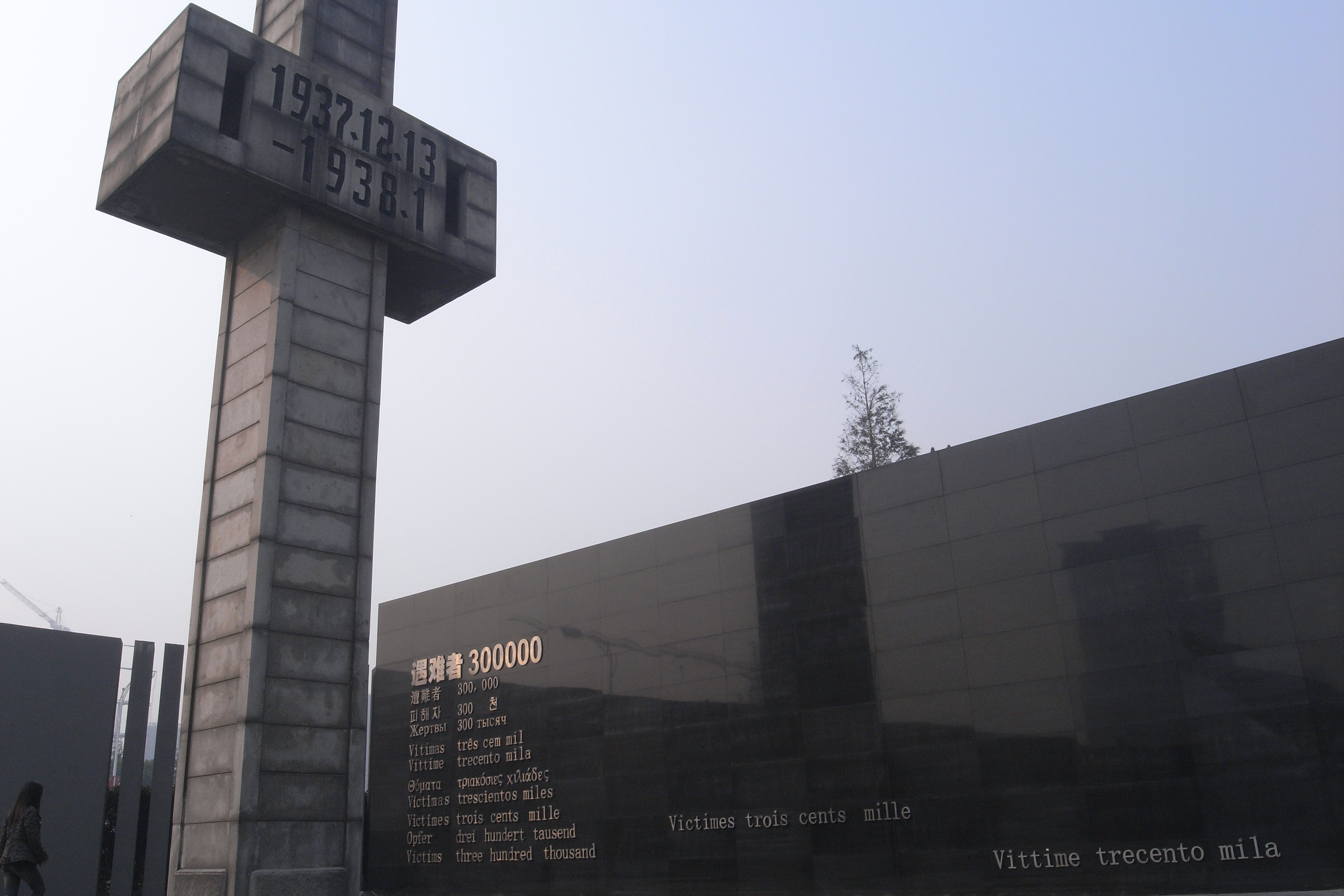History of Nanking Massacre
Home » History of Nanking Massacre
In 1928, the Chinese Nationalist Government moved the capital of China from Peking (Beijing) to Nanking. The city normally held about 250,000 people, but by the mid-1930s its population had swollen to more than 1 million. Many of them were refugees, fleeing from the Japanese armies which had invaded China. On November 11, 1937, after securing control of Shanghai, the Japanese army advanced towards Nanking from different directions. In early December, the Japanese troops were already in the outskirts of Nanking.
On December 9, the Japanese troops launched a massive attack upon the city. On the 12th, the defending Chinese troops decided to retreat to the other side of the Yangtze River (Yangzi Jiang). On December 13, the 6th and 16th Divisions of the Japanese Army entered the city?s Zhongshan and Pacific Gates. In the afternoon, two Japanese Navy fleets arrived. In the following six weeks, the occupying forces engaged in an orgy of looting and mass execution which came to be known as the Nanking Massacre. Most experts agree that at least 300,000 Chinese died, and 20,000 women were raped. Some estimate the numbers to be much higher – 340,000 and 80,000 respectively. The Japanese government, to this day, maintains that the death toll is greatly exaggerated, and some politicians have even claimed that the Massacre itself is a fabrication.
During the Nanking Massacre, the Japanese committed a litany of atrocities against innocent civilians, including mass execution, raping, looting, and burning. It is impossible to keep a detailed account of all of these crimes. However, from the scale and the nature of these crimes as documented by survivors and the diaries of the Japanese militarists, the chilling evidence of this historical tragedy is indisputable.
I THE TRAGEDY AT YANGTZE RIVER
On December 13th, a large number of refugees tried to escape from the Japanese by trying to cross the Yangtze River. They were trapped on the east bank because no transportation was available; many of them tried to swim across the river. Meanwhile, the Japanese arrived and fired at the people on the shore and in the river. A Japanese soldier reported that the next day he saw an uncountable number of dead bodies of adults and children covering the whole river. He estimated that more than 50,000 people were killed at this tragic incident of the Nanking massacre.
II ANNIHILATION IN THE CITY
When the Japanese troops first entered the city on the 13th, the streets were crowded with more than 100,000 refugees or injured Chinese soldiers. The Japanese relentlessly fired at these people. The next morning, tanks and artilleries entered the city and killing of people continued. Dead bodies covered the two major streets of the city. The streets became “streets of blood” as a result of the two-day annihilation.
III MASS EXECUTION OF CAPTIVES
A large number of Chinese soldiers had already been captured in the suburban areas before the Japanese entered the city. The rest of the Chinese soldiers scattered inside the city and changed into civilian clothes. After the “City-Entering Ceremony” on the 17th, the Japanese arrested anybody who was suspected to be a Chinese soldier. A large number of young men who were arrested, together with those who had been captured earlier, were sent outside of the city to be massacred, from several thousand to tens of thousand at a time. In most cases, the captives were shot by machine guns, and those who were still alive were bayoneted individually. In some cases, the Japanese poured gasoline onto the captives and burned them alive. In some cases, poison gas was used.
IV SCATTERED ATROCITIES WITH EXTREME CRUELTY
Numerous atrocities occurred within and around the city, and the victims were largely civilians. Japanese soldiers invented and exercised inhumane and barbaric methods of killing. The brutalities included shooting, stabbing, cutting open the abdomen, excavating the heart, decapitation (beheading), drowning, burning, punching the body and the eyes with an awl, and even castration or punching through the vagina.
V RAPING
An estimated 20,000 women were raped by the Japanese soldiers during the six weeks of the Nanking Massacre, most were brutally killed afterwards. The Japanese soldiers even raped girls less than ten years old, women over seventy years old, pregnant women, and nuns. Rampant raping took place in the streets or at religious worshiping places during the day. Many women were gang raped. Some Japanese even forced fathers to rape their daughters, sons to rape their mothers, etc. Those who resisted were killed immediately.
VI ATROCITIES IN THE SAFETY ZONE
When the Japanese were approaching Nanking in mid November, a group of concerned foreigners formed an international rescue committee to establish a safety zone in an attempt to protect the refugees. The safety zone was located inside the city and consisted of more than twenty refugee camps, each of which accommodated from 200 to 12,000 people. During the six weeks of the Nanking Massacre, the Japanese frequently entered the safety zone to arrest young men. Every time, several hundred young men were arrested and executed on the site.
VII LOOTING
The Japanese looted all the storehouses and seized virtually everything from the civilians. The loot included jewelry, coins, domesticated animals, food, clothes, antiques, and even inexpensive items such as cigarettes, eggs, fountain pens, and buttons.
VIII BURNING AND VANDALISM
The Japanese organized burning of buildings in the city. After they had set fire to buildings using either gasoline or some other inflammable chemicals, they hid, waited for and killed people who came to extinguish the fire. Numerous people were killed by fire. Nanking, once a beautiful historical city, was burned to ashes by the Japanese.
